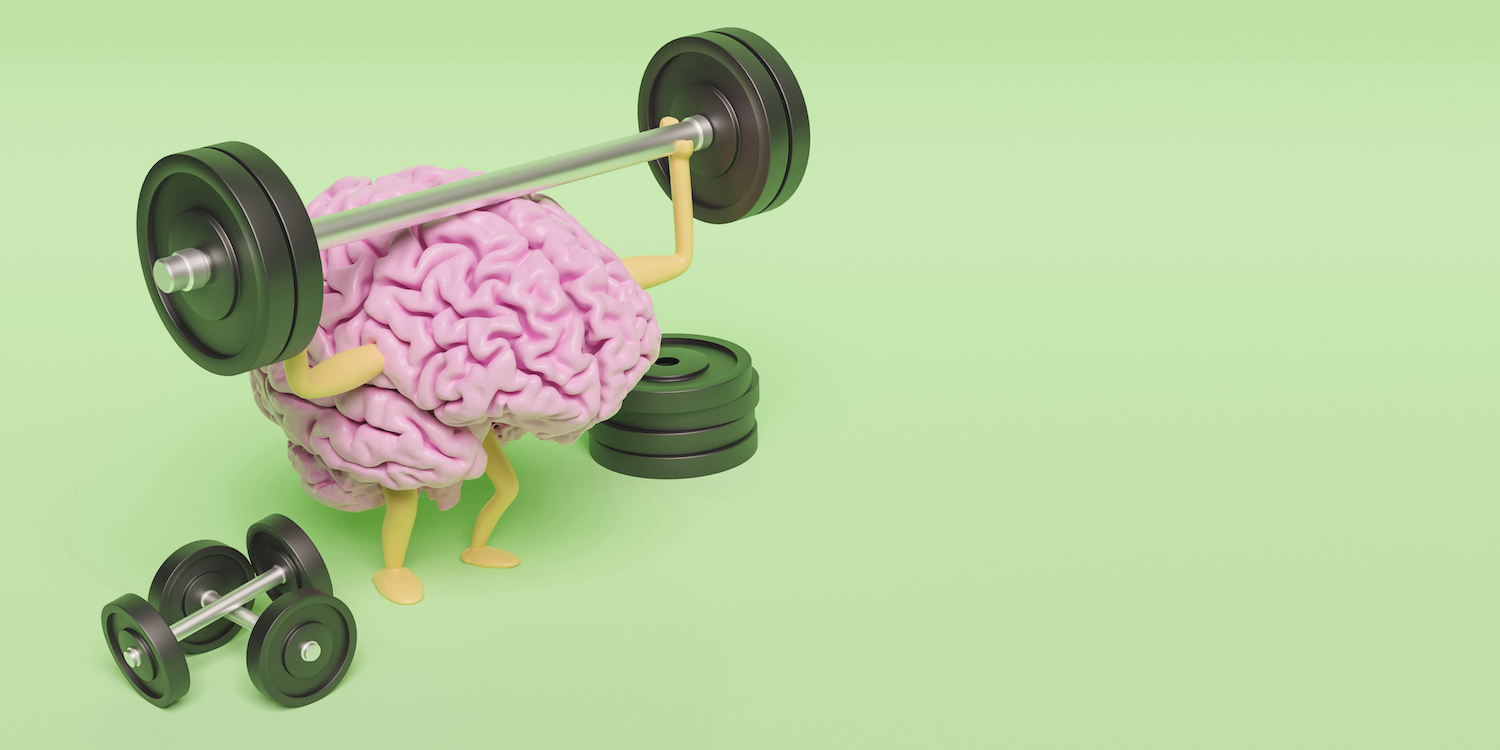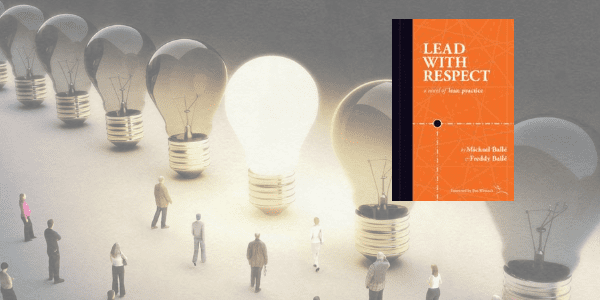
Lean Thinking is personal development
FEATURE – In this interesting piece, the author explains how lean provided everyone, everywhere with a framework to work their intuition muscle and develop insights.
Words : Michael Ballé
By now, almost everyone is familiar with Daniel Kahneman System 1 and System 2 model. System 1 is intuitive, fast, reactive, and often wrong (although effective in first approximations). System 2 is reflective, rational, plodding, grudgingly delivering more rational answers. System 1 is “hot” cognition, system 2 is “cold” cognition. System 1 is fast thinking, system 2 is slow thinking, and so on. A theory becomes widespread when it hits the spirit of the time and Daniel Kahneman’s thinking on cognitive biases has done so in two essential ways.
First, it explains away a major drawback of economic theory, the fact that human beings are not utility optimizers. Kahneman’s approach demonstrates that most of us have built-in loss aversion: the threat of a loss counts more for us than the hope of a gain. We don’t have to throw away economic theory, we can tweak the numbers – they gave a psychologist the Nobel prize in economics for that one. Secondly, the fast versus slow thinking is the perfect frame for a zeitgeist that creates consumption out of fast thinking. The main goal of internet apps is to bypass your slow thinking processes to get you to click on that “buy” button right now.
The book I hear most quoted in the app development world is Hooked: How to Build Habit-Forming Products. It explains, quite well, all the tricks of the trade exploiting quirks of the mind to turn users into addicts – and indeed, some apps have succeeded splendidly. Sadly, addiction is not attachment, and few addicts love the substance they are hooked on or love themselves for needing it. Indeed, they mostly come to hate it although they crave it – not a fantastic overall outcome. These various mind quirks are all exploitations of system 1 and ways to make system 2 work even harder (not difficult, given that the brain is an energy miser and will rely on system 1 unless it really can’t).
As a doctoral student, I replicated some of Kahneman’s experiments with my own students. This was before his theory gained such widespread acceptance (and indeed before his Nobel prize), and I found his findings troublesome. The students I tested with gave a range of answers that confirmed Kahneman’s finding, mildly. But I also asked them to justify their choices, rightly or wrongly. I’m sure many students made the usual errors in logic Kahneman describes as a failure of system 1, such as choosing to avoid a probable loss rather than seek a potential gain when the probabilities where in fact rigorously the same. But more interestingly, when asked, they described the context they envisioned around the stylized puzzle they were given to solve. They didn’t go at it logically but built an intuitive picture of what they were presented, naturally filling in the gaps in the sketchy scenarios and coming up with an answer. More interesting still, these imaginary contexts varied greatly from one student to another.
As Kahneman and his ideas came into the spotlight, another researcher, Gary Klein, was investigating why people got things right, rather than wrong, in situations of complete uncertainty, muddle, and often panic. He studied nurses on night shifts, firemen in an emergency, and the military in special operations. Early on, Klein developed a Recognition-Primed Decision model to explain how people made decisions in real-life circumstances, as opposed to formalized problems for undergraduate students. Klein focused on how to develop expertise, how to work on one’s mistakes and develop insights. To improve performance, he separates intent into a down arrow, reducing errors, and an up arrow, increasing insights. Reducing errors is absolutely necessary, but it also leads to rigidity and reduced marginal performance gains – people just bore out. Increasing insights is a necessary part of performance.
Klein found that the reducing error pathway often leads to blockages, problems that no longer have solutions. The insight pathway, however, was driven by curiosity, by exploring anomalies, by testing constraints. Insight is messy, discontinuous, sketchy, dicey, but necessary to achieve breakthroughs, as, in the lean field, Taiichi Ohno said: “logic escape.” Organizations systematically inhibit insight with their bureaucratic focus on error reduction – which leads to bigger and more dramatic mistakes.
The key to understanding both Kahnenam-like logical errors and Klein-like insight is to realize the mind is not designed to be logical. It is by nature intuitive. System 2 is as intuitive as System 1, it just expands more energy in testing these intuitions, in building more intuitive “what if” scenarios and counterfactuals to make the logic emerge. Logic is not a thinking tool, it’s a communication tool to share insights with other people.
Where do insights come from? From your inner life, taken here in the sense of depth, richness and range of one’s own images, models, and awareness. Inner life in the sense of being more attuned to details in real-life situations, curious of beguiling anomalies, sensitive to the reality of other people as a complete person, not just an organizational role, and to the dynamics of relationships. Growing your inner life enriches your thinking to be more in step with the intelligence of situations and intuition of events and outcomes.
Insight is born of the discerning recognition of a situation and the deliberate intuition of how things will unfold. It is something that, as humans, we work on daily even though we often do not recognize that we do so. To be more insightful we need to be first more at ease with the variety, whimsy, richness of our mental images and, second, to be more deliberate, ruthless, and fearless in expressing our intuitions. Not surprisingly, the most insightful people you know are endlessly curious and read a lot, and at the same time are not afraid to propose outrageous hypotheses and then correct them quickly to better fit the facts.
Intuition is a muscle you build, just like your memory muscle when practicing cooking, music, tai chi, or any physical activity – such as going to the gemba. You practice your intuition by engaging your brain with frameworks and confronting reality through them. Frameworks stretch you, they make you look elsewhere, consider things and ponder, create new images and, therefore, enrich your inner life, which in turn will spontaneously generate more insights.
Intuition is practice. Look at any real-life situation through a familiar framework, let it carry you to the obvious (for you) spontaneous conclusion, and then work backwards to see if it makes sense: how far is your finding from the norm? What counterfactual scenarios can we test this idea against? Testing the logic of any reasoning is not the work of a cold and mechanical system 2, it’s intuitive and creative as well, just applied to rationalization rather than ideation.
The saddest thing I’ve seen in the lean world in 30 years of studying it is the obstinacy of lean coaches and consultants to apply lean to people. They willfully ignore Toyota’s foundational advice “to develop parts, first we develop people.” They organize better flow, better balancing of the line, shorter steps for operators, or better hand movement without ever engaging the people in their work and with the deliberate intention of creating a more efficient labor camp. It always fails. It can’t do otherwise.
The Toyota Production System is a set of troublesome problems:
- How can we increase customers’ complete satisfaction?
- How can we spot quality issues sooner and react faster to understand how we made them?
- How can we reduce lead-time to recognize all the inflexibilities in the way we’re set up?
- How can we better level workloads to avoid muri, muda and the resulting mura?
- How can we engage people in learning standards and auto-testing themselves, so they improve their mastery of the work?
- How can we involve teams in looking into anomalies and seeking kaizen insights?
- How can we better build trust between management and team members?
Each of these problems is rich, complex, and mystifying. When you wield them in your mind as you would a tool in your hand, you intuitively see things differently, you recognize patterns and situations. Occasionally, you get the “a-ha” from a breakthrough concept, and you understand something you had not. Then, there is a before and an after.
Lean is not about applying efficiency practices to people, it’s about offering them the framework, whether piecemeal or as a full system, so they can themselves develop their intuition and come up with their insights. It’s about developing everyone’s inner life every day.
Our theories are important because they frame how we see issues and what kind of solutions we seek. System 1 versus system 2 is a clear and easy way to grasp how the brain works and can be tested and sustained in many places. Yes, the mind short-cuts problems with quick heuristics. Yes, these heuristics sometimes lead you to an illogical conclusion. But not all the time or everywhere. In most cases, our heuristics lead us to correct interpretation and action. They limit us when we are engaged in sensemaking, certainly, but how frequent is that? And even then, our intuitive heuristics are just as key to breaking out of the status quo mold as to maintaining it.
Intuition is our superpower. It can run riot, certainly. It can get stuck in antiquated models (so many people keep repeating what they have learned in their 20s, yours truly included). It can get you to the wrong conclusions. But it can also be trained and systematically developed by practicing frameworks, such as the TPS, or just like one practices kung fu. Practicing intuition directly relates to developing your inner life by adding thoughts, models, feelings, sensitivities to what you already experience, which in turn creates a greater base for more intuitive leaps leading to insights.
Personal development is not about becoming better robots. It’s not about making less errors. It’s about engaging with our own minds, to look at things differently through frameworks, to work at problems until we spot the misconceptions that hold our thinking back. Personal development is about caretaking our inner life, personally and collectively. A culture is cultivated. Trees are grown, not parts to be placed in a mechanical system. Our ultimate aim of creating more collective intelligence requires people’s personal learning. To do so, we need to recognize and accept the human part of inner life and intuition in human thinking. The TPS is a smart, robust framework to develop your ideas about work and organizations. Lean is personal development.
THE AUTHOR

Read more


BOOK REVIEW - In the first of a series of Q&As on the recently published novel Lead With Respect by Freddy and Michael Ballé, Dan Jones explains why this book is a must-read.


FEATURE – Our coverage of the Covid-19 emergency continues with an article discussing how lean healthcare principles can support and protect the professionals at the front line of this war.


FEATURE – Looking to the future, the author encourages us to challenge obsolete ideas and seize the opportunity provided by Lean Thinking to make the world a better place for all.


FEATURE – What is the role of middle managers in a transformation and how can we ensure they can fulfil that role – instead of being blamed for the failure of the initiative and even excluded from it?

